The last day in Padua was a redeeming day for the city. We got to enjoy the city much more and no see it for what it wasn’t. It’s a charming and friendly city. We had a great time meeting with people and, in particular, talking with the owner of our dinner restaurant, Paulo from Trattoria Isoletta. He was quite a character, very friendly, it was difficult explaining in Italian that Minne and I were Esther’s 2 fathers. When the quarter finally dropped he seemed very jovial about it. He liked San Francisco more than Amsterdam. And Minne committed the faux pas of saying Amsterdam was similar to Venice. Paolo was appalled: “No, nothing is as beautiful as Venice, you are wrong, No–Amsterdam is no Venice! It is one of the most beautiful places on the earth. The people of Venice are terrible but the city is beautiful.”
First with Minne and Esther, than alone with Esther we took a walk. The day started at one of the wonders of Western Art: the scrovegni chappel–the entire chappel was painted by Giotto (more on that at the end) now our last walking tour of Padua:
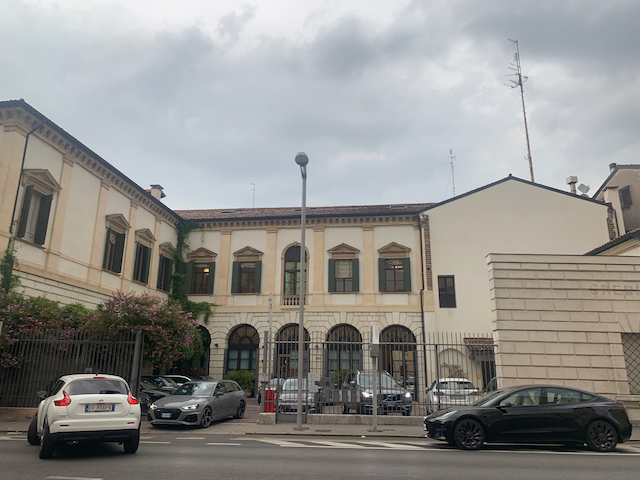
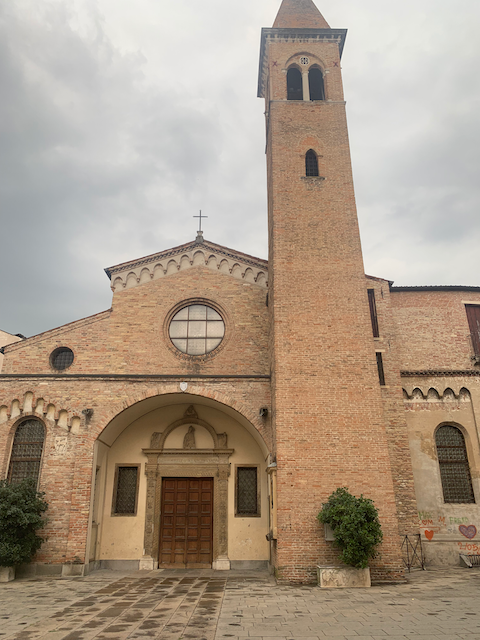
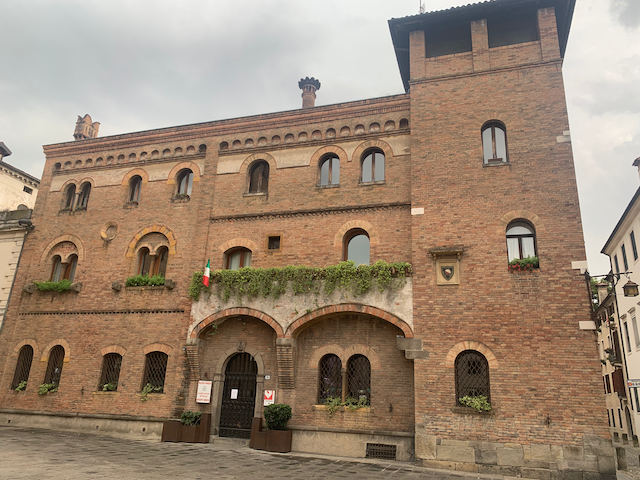
A random state office with statues on top…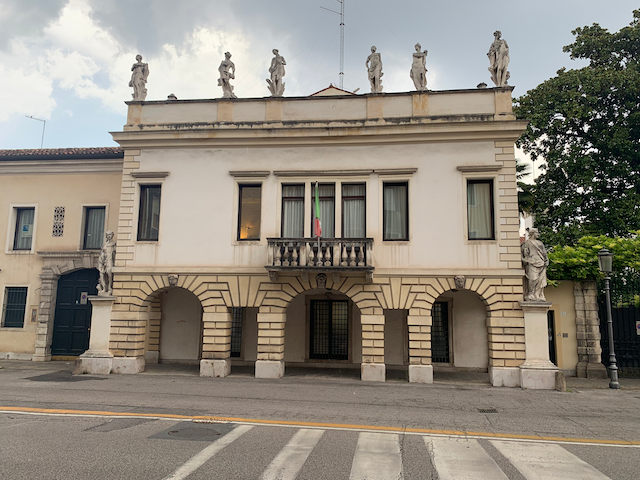
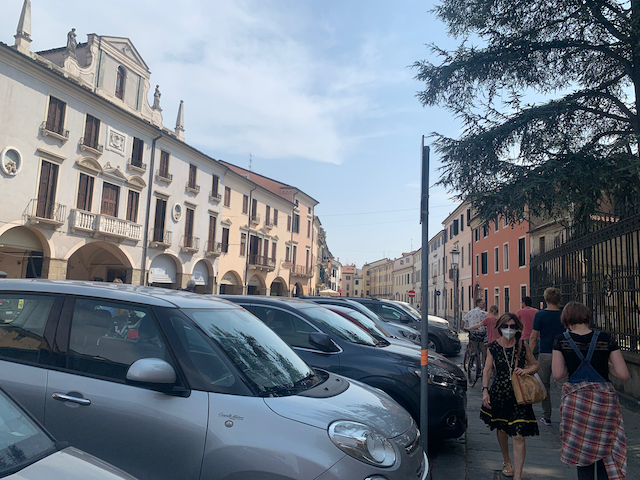
As if Padua didn’t already have amazing squares, there is this huge one Called The Prato, which is impossible to picture but there is my best attempts…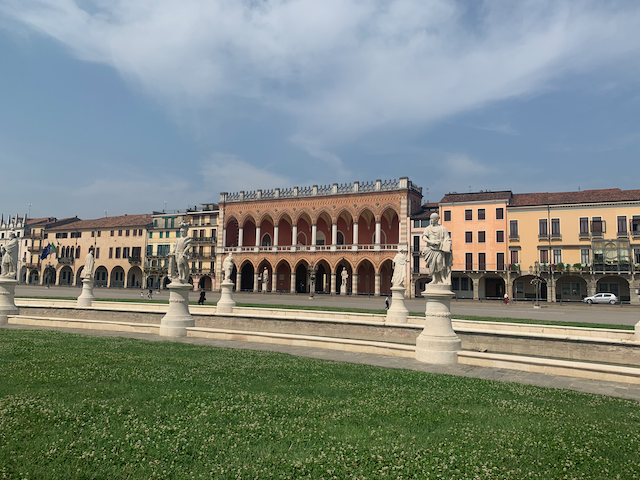
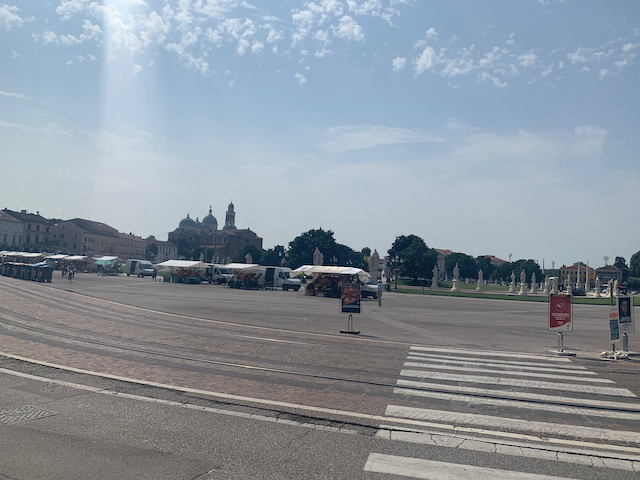
a
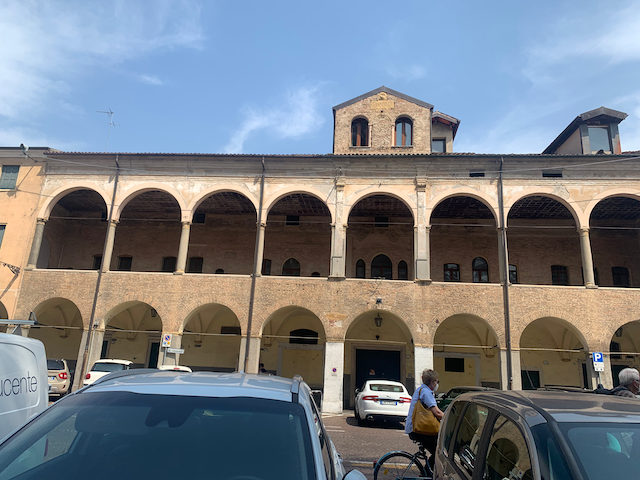
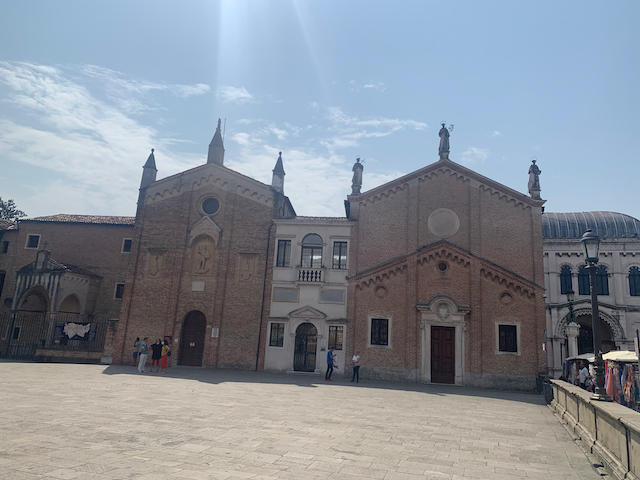
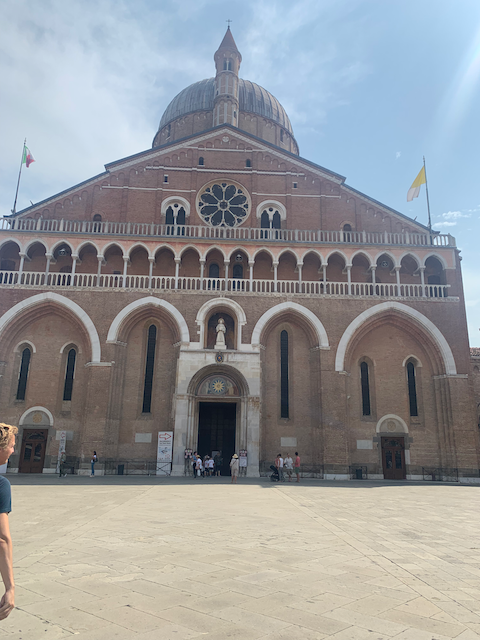
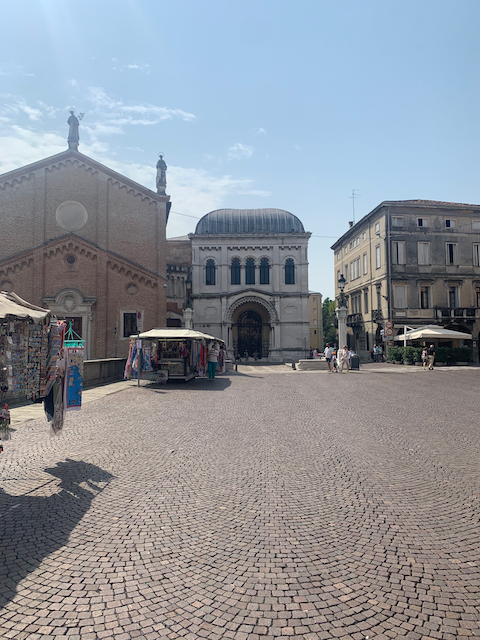
Then we walked along the city, this was early in the morning on our way to the Scrovegni Chappel.
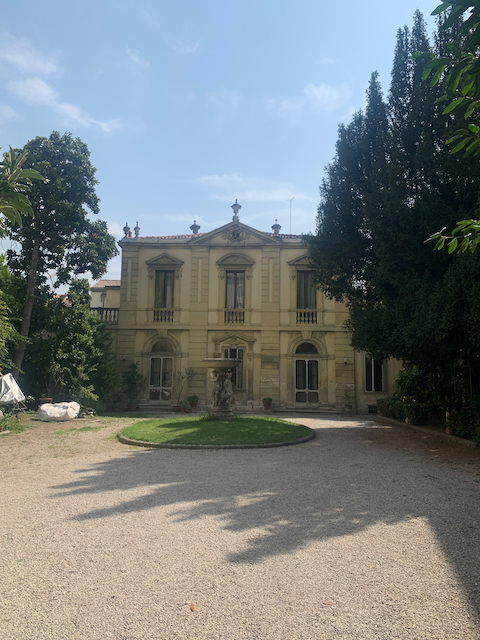
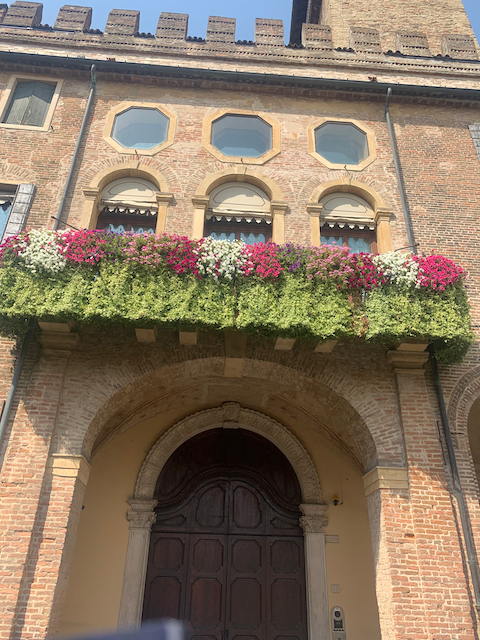
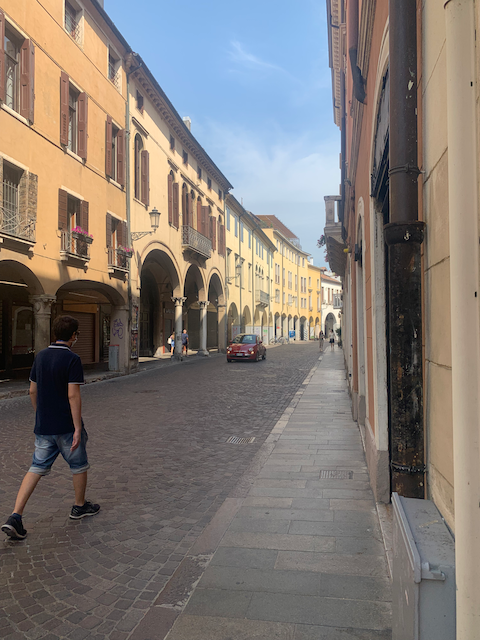
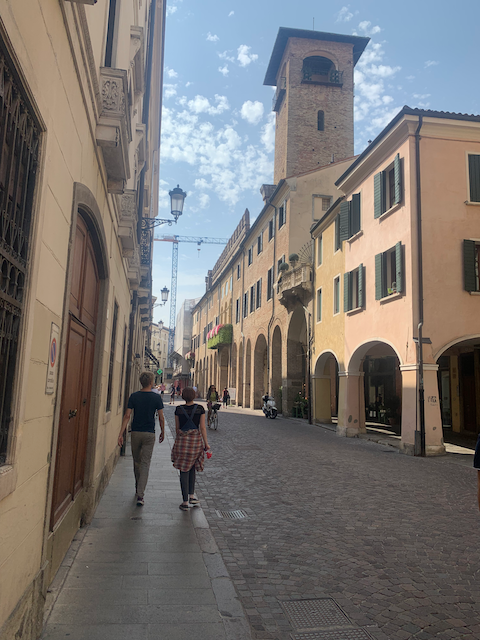
The remains of an old Roman theater.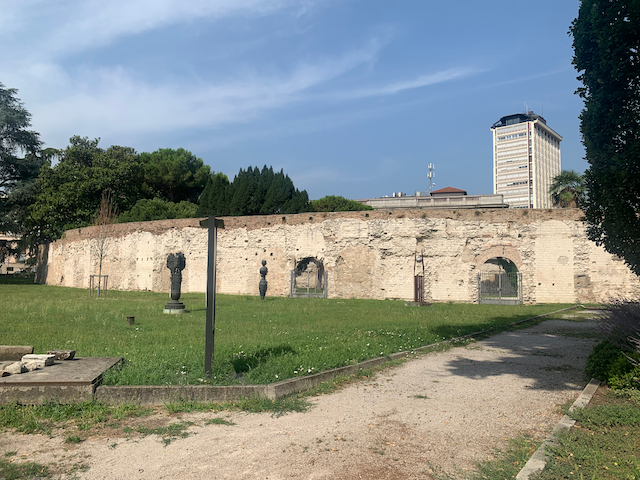
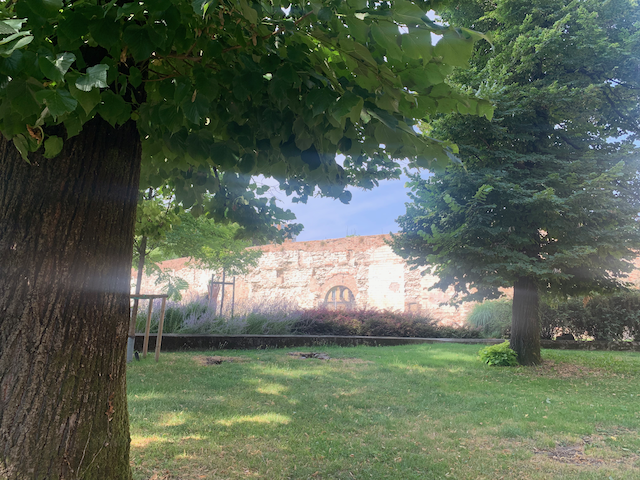
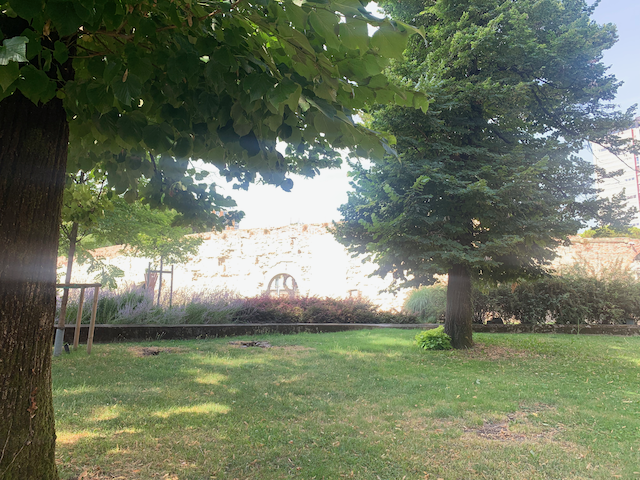
One of the greatest works in art, the Scrovegni Chappel captures Giotto at his greatest, it is a virtuoso work told in 5 tiers. Access was strictly controlled (we had to buy our tickets in advance). No more than 18 people were allowed in the chapel and you were allowed in for 15 minutes which was hardly enough time. Still it is one of the great works of the proto-renaisance. The work illustrates the transfer of human depiction to pure inhuman iconography to real people with real emotions, as well as the introduction of spatial ordering where the character don’t look like there were plastered next to one another but thy have an actual physical relationship to one another. Here are some highlights I took though nothing can capture the intimidating presence of these works in person.
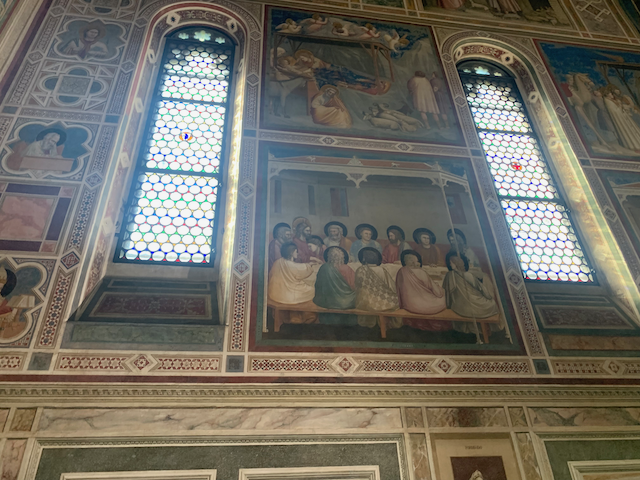
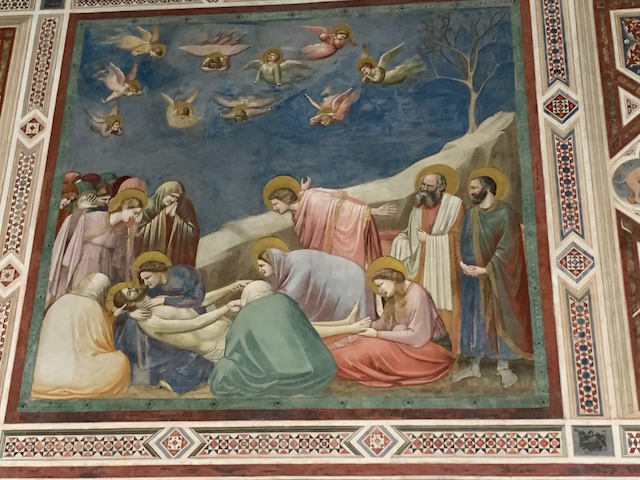
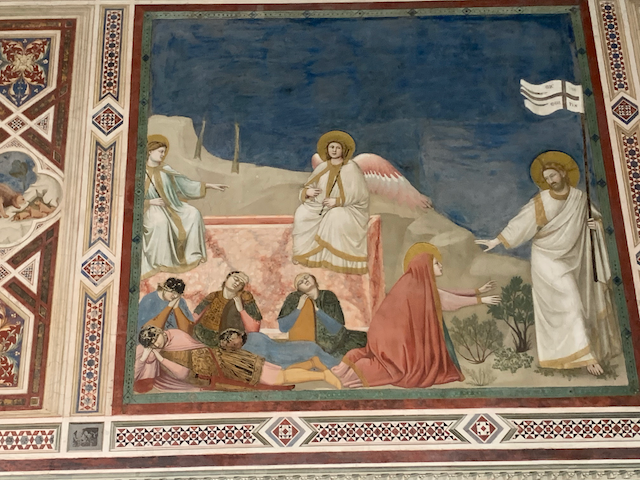
The end of the chappel is Giotto’s depiction of the last judgement.
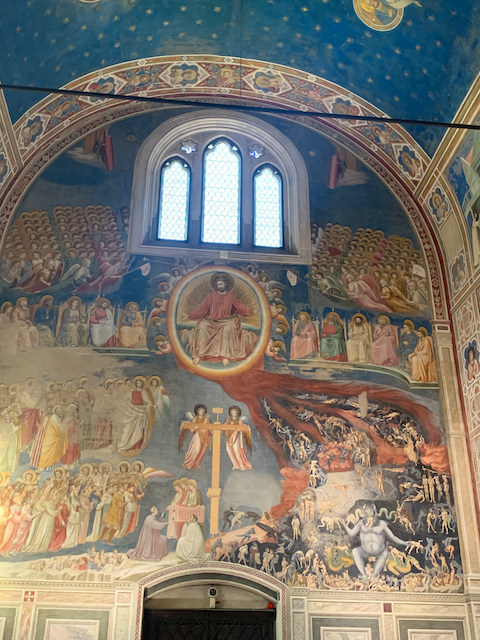
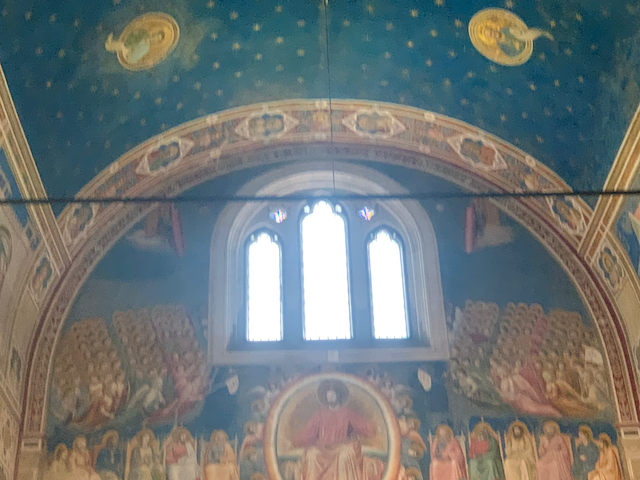
To the right you see the ones chosen for hell, to the left those who are to be saved.
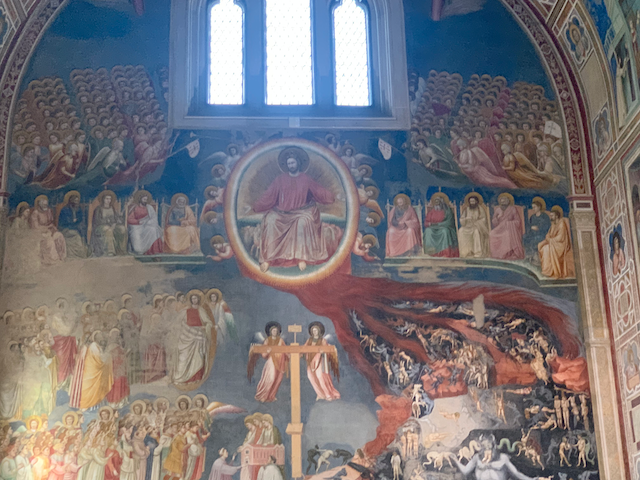
The people going off to hell don’t look like they are having a good time: you see the shame in the nakedness.
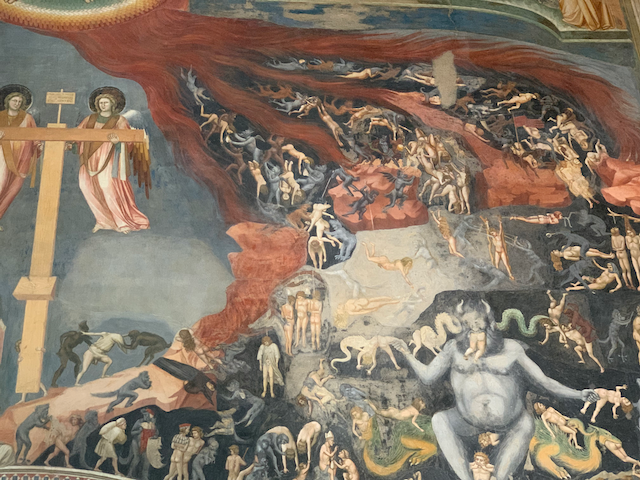
An interesting detail, that foreshadows things to come. If you look carefully at the hell bound passengers below, you will see a Cardinal granting absolution, while the person being granted it is giving a bag of money.
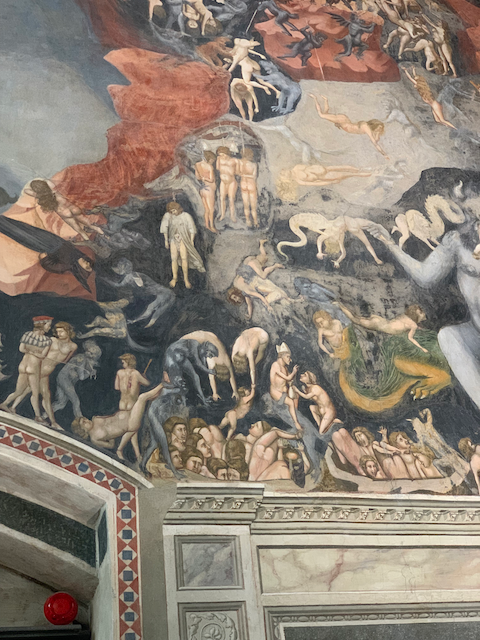
Details from the saved figures.
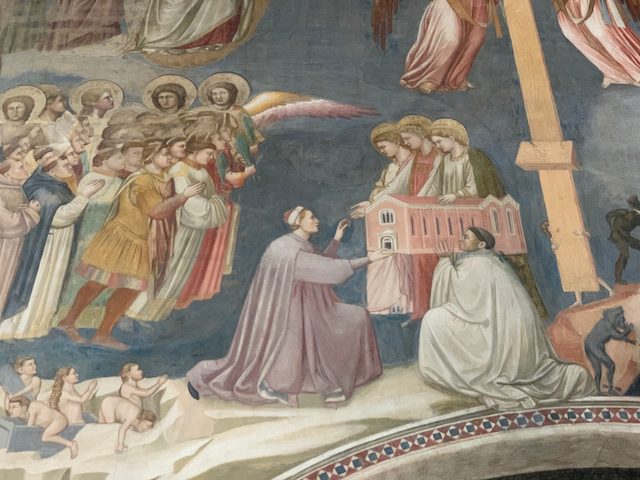
A slightly comical touch: the last judgement depcits the end of life on earth, so you see angels rolling up the sky–striking the set as it were.
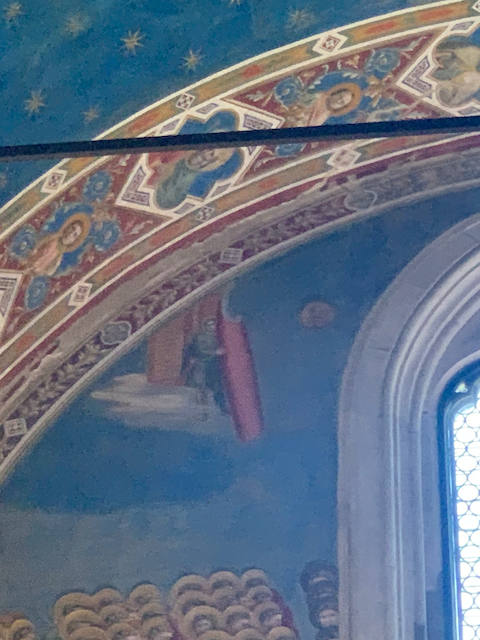
The panels depict scenes from the life of Christ, but told with a compassion and emotions that were never shown before.
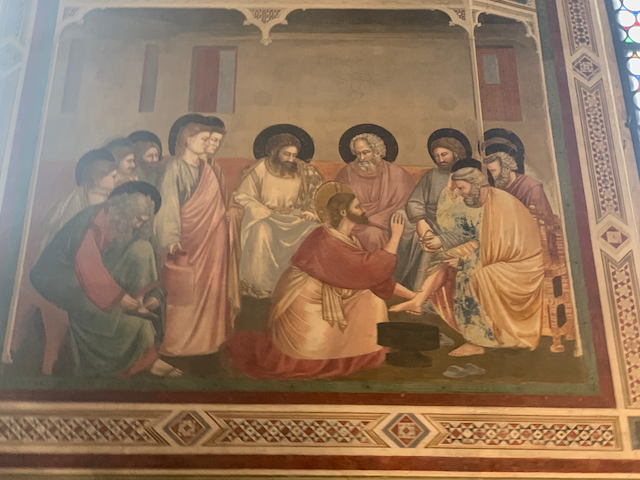
This is the most famous detail, the panel showing the kiss of Judas. The emotions being shown by everyone is almost like a huge ensemble in an opera, butt the eye contact between Christ and Judas are particularly thrilling.
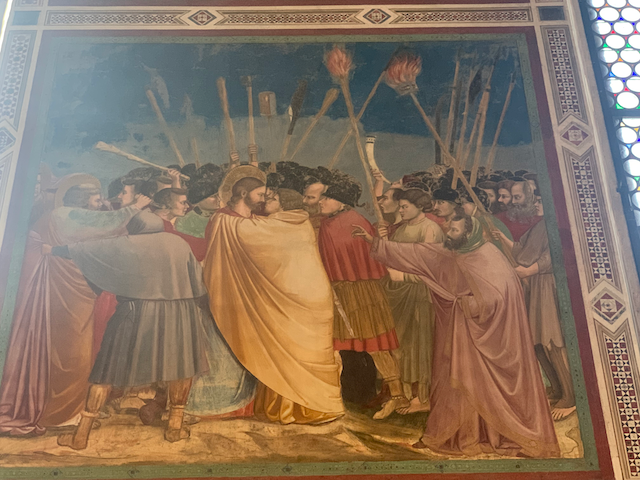
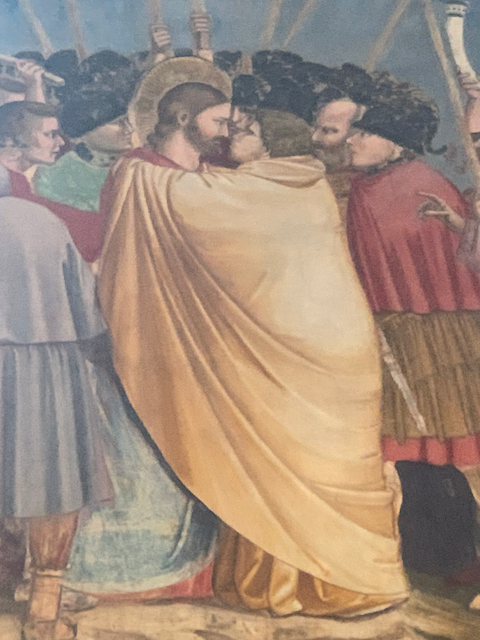
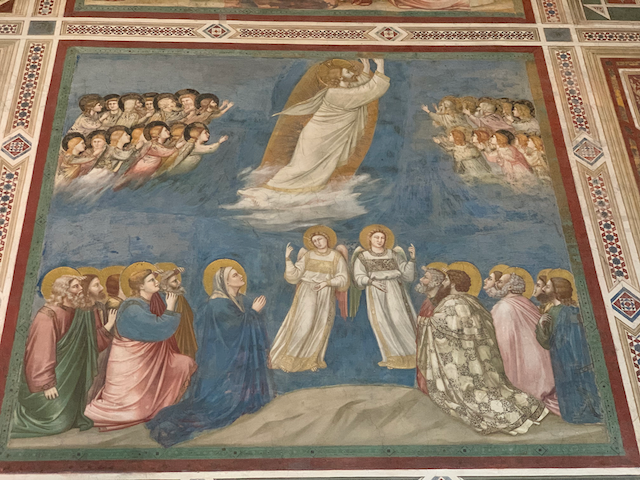
The figures on the ground level of good and evil…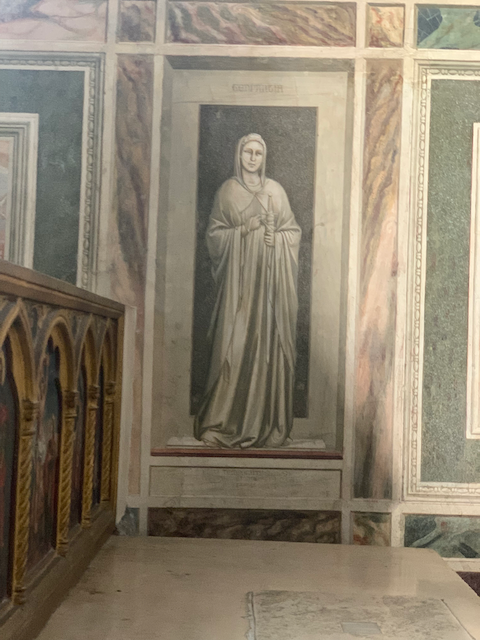
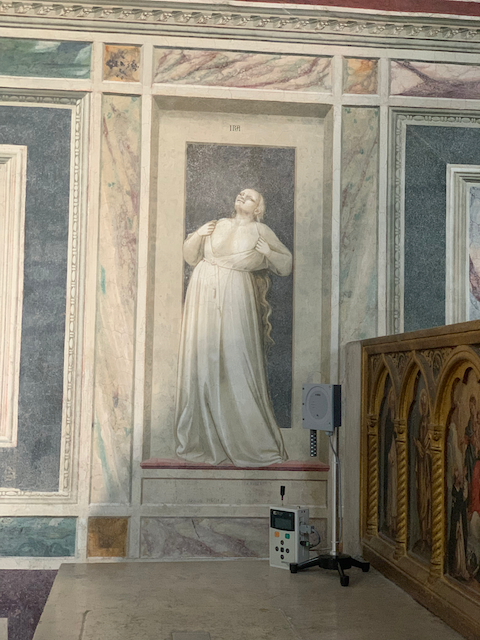
More detials….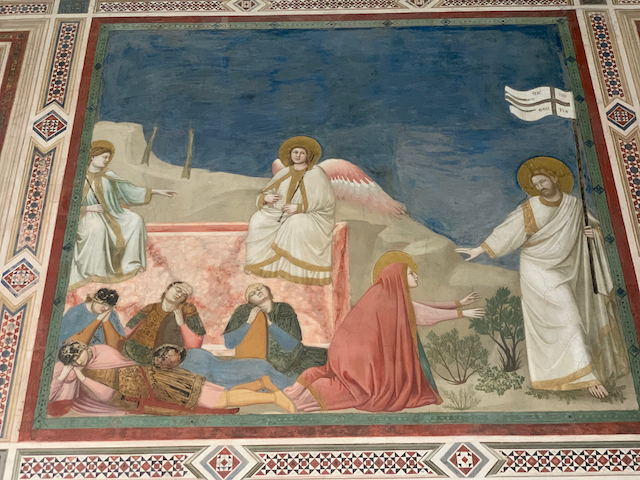
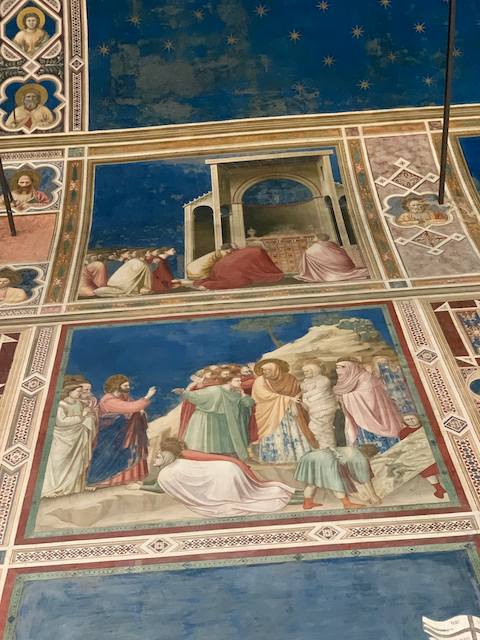
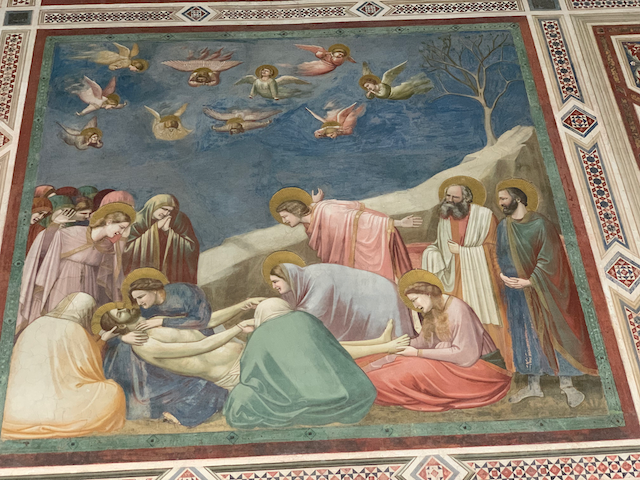
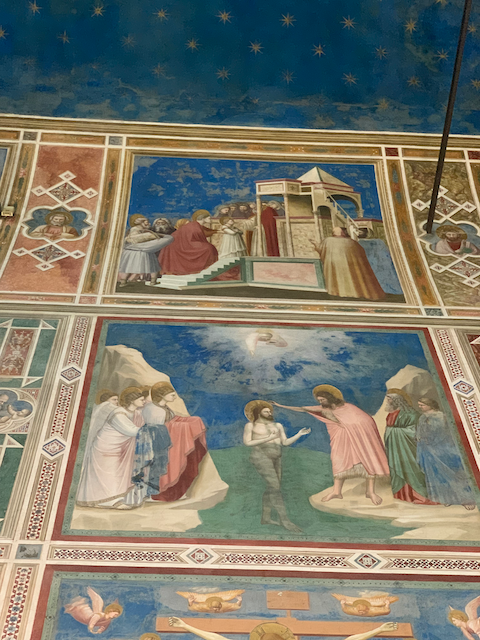
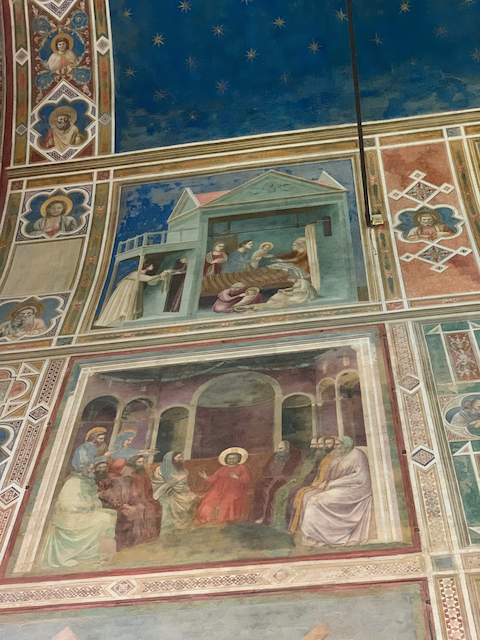
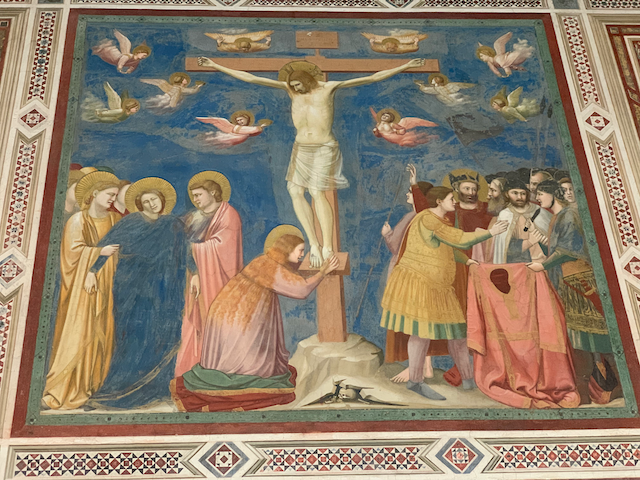
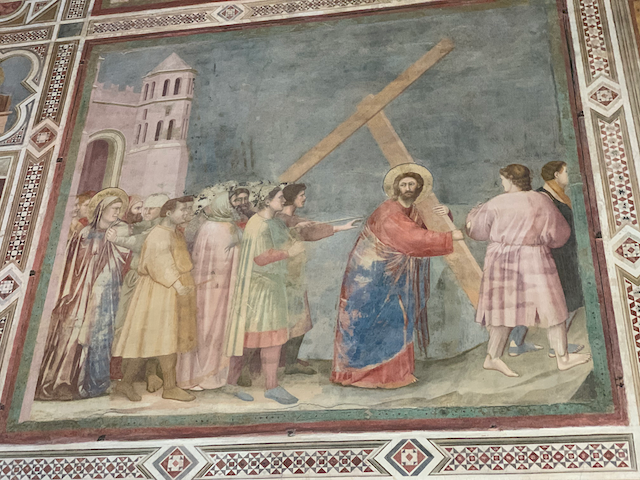
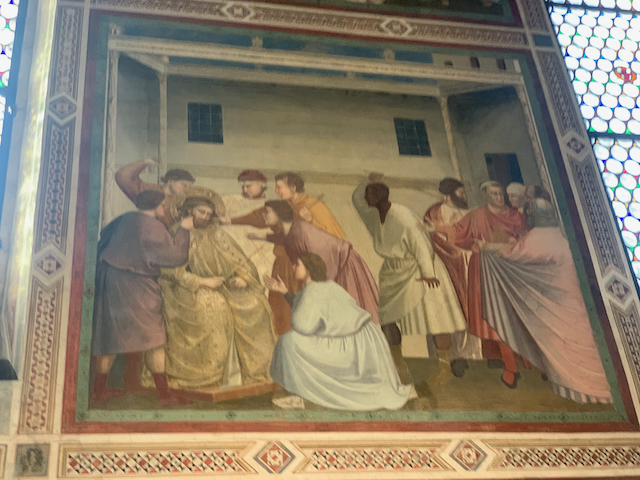
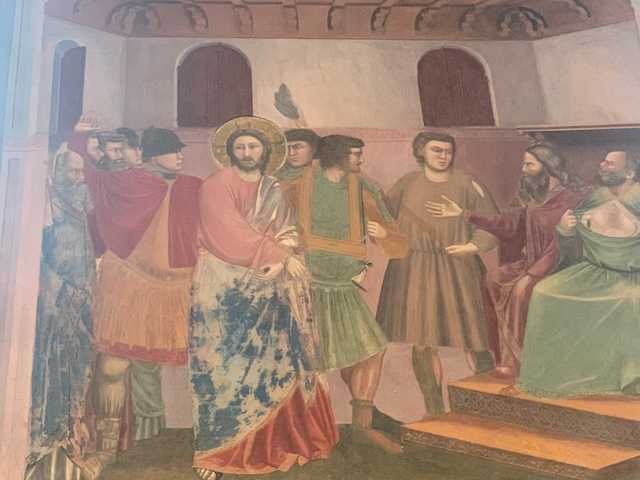
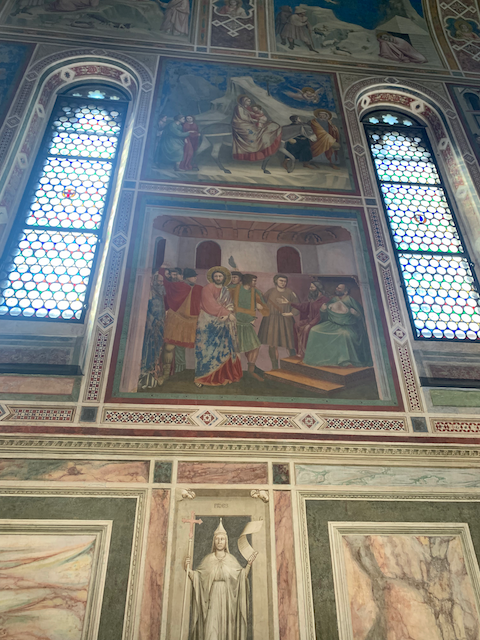
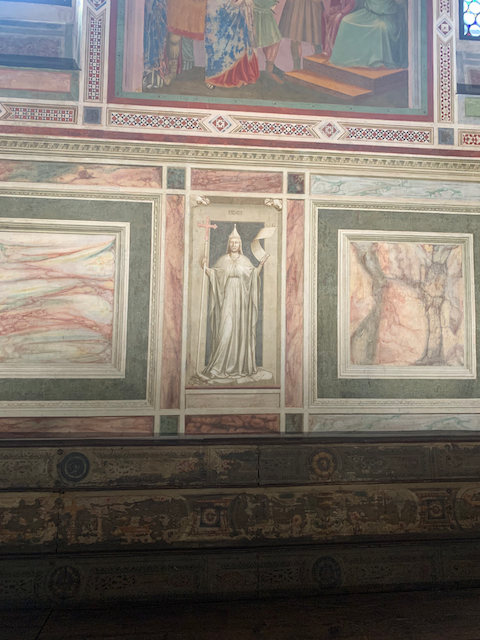
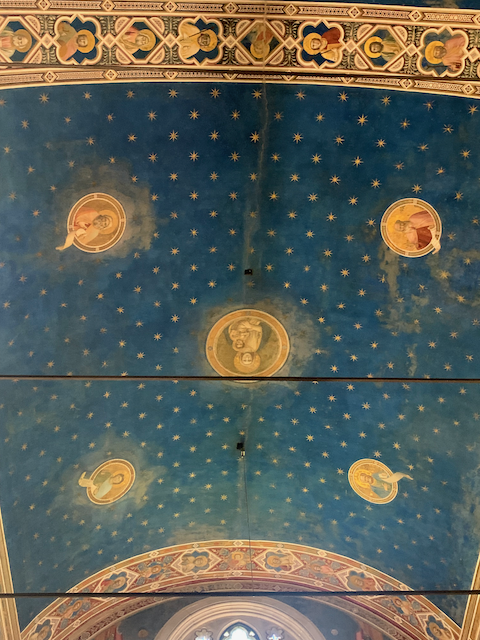
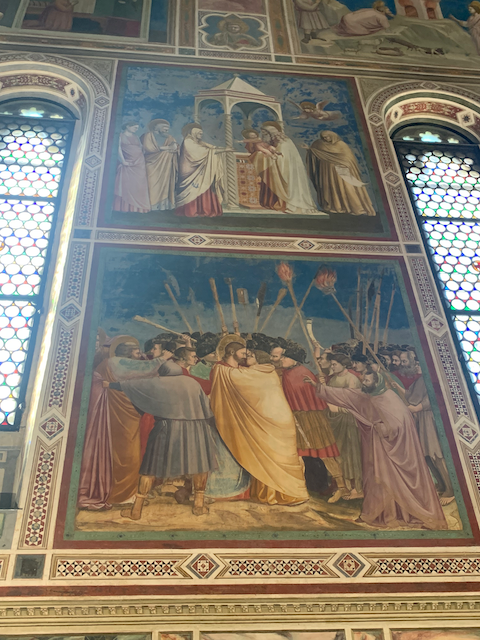
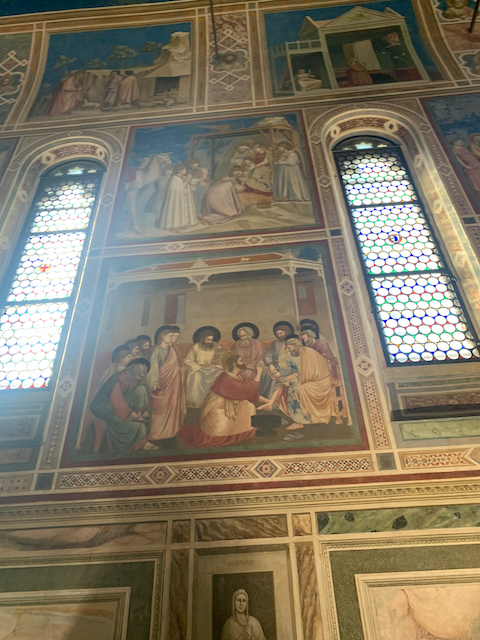
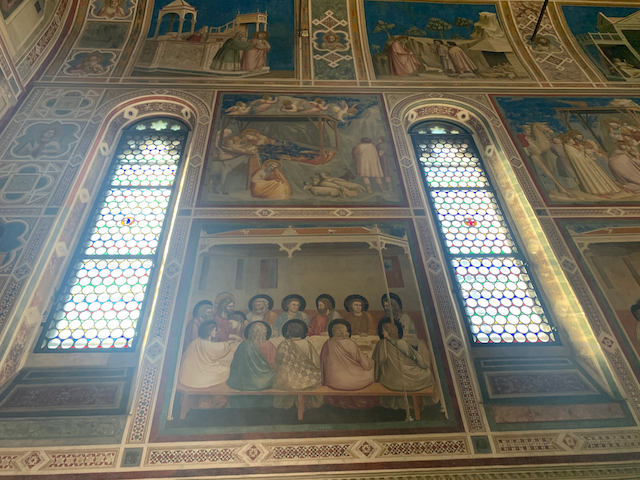
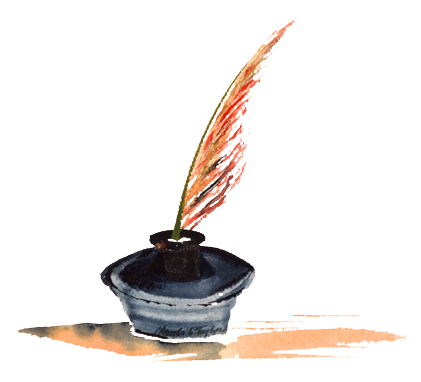
Thank you for all the photos Jonathan! Now I must see the Scrovegni chapel.
It is one of the wonders of western art. Giotto painted the entire chapel. But the idiotic monks decided to paint over on part of the chapel with completely unremarkable paintings. But the Giotto works are quite incredible. A very interesting contrast also with the Last Supper in Milan (which is actually in much worse shape restotration wise).
Great photos of the Giotto works. It’s amazing (actually, a miracle) that they have been preserved for so long!!!
Especially when compared to The Last Supper.